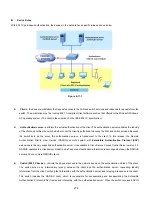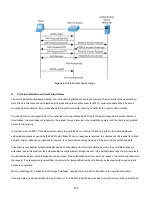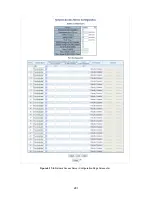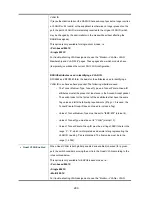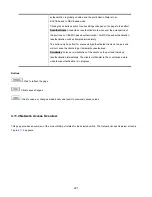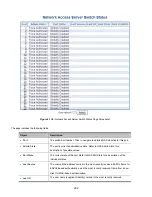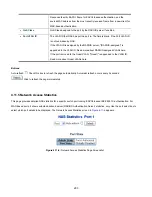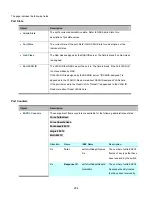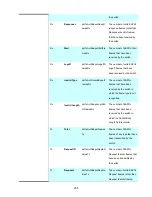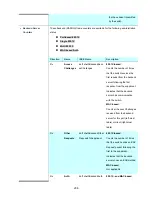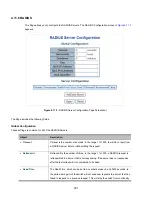
286
authentication server requests whenever it receives a new EAPOL Start frame
from the supplicant. And since the server hasn't yet failed (because the X
seconds haven't expired), the same server will be contacted upon the next
backend authentication server request from the switch. This scenario will loop
forever. Therefore, the server timeout should be smaller than the supplicant's
EAPOL Start frame retransmission rate.
Single 802.1X
In port-based 802.1X authentication, once a supplicant is successfully
authenticated on a port, the whole port is opened for network traffic. This allows
other clients connected to the port (for instance through a hub) to piggy-back on
the successfully authenticated client and get network access even though they
really aren't authenticated. To overcome this security breach, use the Single
802.1X variant.
Single 802.1X is really not an IEEE standard, but features many of the same
characteristics as does port-based 802.1X. In Single 802.1X, at most one
supplicant can get authenticated on the port at a time. Normal EAPOL frames are
used in the communication between the supplicant and the switch. If more than
one supplicant is connected to a port, the one that comes first when the port's link
comes up will be the first one considered. If that supplicant doesn't provide valid
credentials within a certain amount of time, another supplicant will get a chance.
Once a supplicant is successfully authenticated, only that supplicant will be
allowed access. This is the most secure of all the supported modes. In this mode,
the Port Security module is used to secure a supplicant's MAC address once
successfully authenticated.
Multi 802.1X
In port-based 802.1X authentication, once a supplicant is successfully
authenticated on a port, the whole port is opened for network traffic. This allows
other clients connected to the port (for instance through a hub) to piggy-back on
the successfully authenticated client and get network access even though they
really aren't authenticated. To overcome this security breach, use the Multi
802.1X variant.
Multi 802.1X is really not an IEEE standard, but features many of the same
characteristics as does port-based 802.1X. Multi 802.1X is - like Single 802.1X -
not an IEEE standard, but a variant that features many of the same
characteristics. In Multi 802.1X, one or more supplicants can get authenticated
Summary of Contents for NS4750-24S-4T-4X
Page 1: ...NS4750 24S 4T 4X User Manual P N 1702826 REV 00 01 ISS 14JUL14 ...
Page 56: ...56 Figure 4 2 7 Privilege Levels Configuration Page Screenshot ...
Page 110: ...110 Figure 4 4 6 Mirror Configuration Page Screenshot ...
Page 117: ...117 Figure 4 5 4 LACP Port Configuration Page Screenshot ...
Page 174: ...174 Figure 4 7 10 MST1 MSTI Port Configuration Page Screenshot ...
Page 180: ...180 Figure 4 8 2 Multicast Flooding ...
Page 249: ...249 Figure 4 9 18 Voice VLAN Configuration Page Screenshot ...
Page 271: ...271 Counter Counts the number of frames that match this ACE ...
Page 281: ...281 Figure 4 11 4 Network Access Server Configuration Page Screenshot ...
Page 315: ...315 ...
Page 328: ...328 ...
Page 335: ...335 ...
Page 346: ...346 Figure 4 14 1 LLDP Configuration Page Screenshot ...
Page 350: ...350 Figure 4 14 2 LLDP MED Configuration Page Screenshot ...
Page 372: ...372 Figure 4 16 1 Loop Protection Configuration Page Screenshot ...





